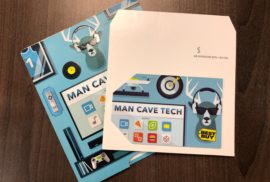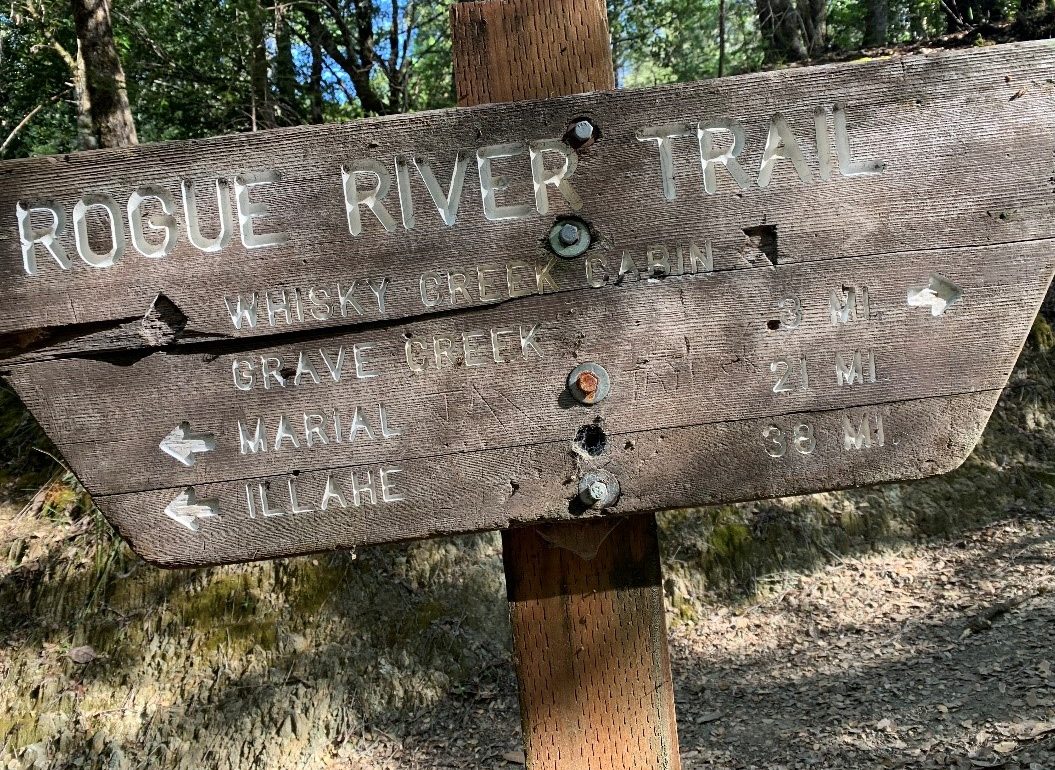
Earlier this year, our organization decided to try the simple goal-setting technique called OKRs – objectives and key results – that John Doerr shares in his book “Measure What Matters.” The system he describes has been successfully used by Google and other tech giants to accomplish Wildly Ambitious Goals.
The Management team spent many hours crafting objectives and cascading key results for the organization, determining where we’d like to be in 5 years. Although it took time, we ended with a list of achievable but very lofty goals that we were proud of. However, when our operations teams got down to work to set their own objectives, they got stuck on low-hanging fruit. They wanted to solve problems or fix obvious, immediate issues – not take on the challenge of truly aspirational goals. The fear of failure kept them from thinking of the big picture, and without buy-in, the group objectives couldn’t be successful.
What is a stretch goal?
While this process was happening at Quantum, I was putting work into my own personal growth and training for a marathon. I had completed the lengthy training schedule several times in the past but never actually run an officially timed marathon. Those who have trained for and ran marathons or done any long-distance running knows that it can be grueling – especially for those of us over 200 pounds not blessed with a naturally lean, mean runner’s physique.
When working through Measure What Matters, I learned that my goal – to run a marathon – wasn’t really ambitious enough. If I put in the work, I could run the marathon. It wasn’t a stretch goal. In the OKR system, aspirational OKRs are set at 60%-70% attainment – performance is expected to fall short at least 30% of the time.
Since I knew I could achieve a marathon, I had to modify the OKRs to make it a stretch goal. I thought about crushing my previous PR or aiming to qualify for the Boston Marathon. I considered condensing my training schedule to make it more arduous and less likely that I’d succeed. I even wondered if I could run 6 marathons in 12 months. That seemed like insanity at its purest level, but a 40% chance of failure sounded about right.
Creating a stretch goal
While I was mulling this over, a friend asked if I wanted to join his team and do a fun run with his friends. Imagining an easy, relaxed team run and beers with the guys after, I accepted. A week later I discovered this “fun run” was 40+ miles of rugged trail running over two days all the way to the Oregon coast. Oh. Yeah…fun.
I immediately wanted to back out of the run. I couldn’t fathom running that far. Instead of one marathon, I’d be signing up to run, essentially, two marathons in two days. What the what? If I trained for months I still might not be ready for such a physical and psychological challenge. Even if I conditioned myself well physically I could fall off a cliff, sprain an ankle, or get too dehydrated to continue. I could meet a bear or a mountain lion on the trail. Heck, even the wrong socks could precipitate a blister bad enough to put me out of commission. The odds were not in my favor. Which, of course, made it a perfect stretch goal.
I knew tackling this OKR would mean a lot to me personally and be a great example for all the folks at Quantum grappling with their own stretch goals, which galvanized me into action and motivated me through long days of training.
The Rogue River trail run
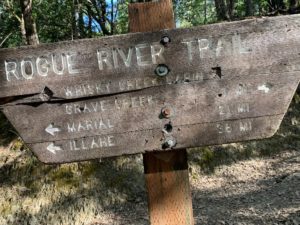
When the weekend of the run rolled around, I was nervous. My team was made up of experienced distance runners with 50K races under their belts. I was prepared but inexperienced; I had never been on this trail or run this distance. Did I pack enough food? Water? I was just totally out of my element, so I was grateful when my teammate George told a story at breakfast. He and his friends were going to run a marathon, and one of the guys was nervous since he hadn’t run one before. One of their friends, who had run several marathons, leaned over and said, “Why are you nervous? You’re not going to win!” That gave me some perspective, let me reduce the pressure I put on myself, and helped calm my nerves.
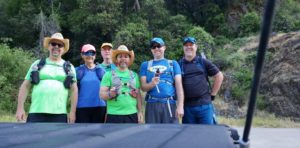
We set off on the journey single file on the narrow trail and ran, walked, talked, ate and drank our way to Marial Lodge where we doctored our feet, commiserated about the heat and compared gnarly blisters and hot spots. The lodge had a great dinner for us and I slept like a rock despite the aches and pains. Psychologically, the hardest part was hitting the trail again the next day knowing I had to do it all again on cramping, blistered feet. It would have been so easy to pack it in and head home instead of facing another scorching 20 miles.
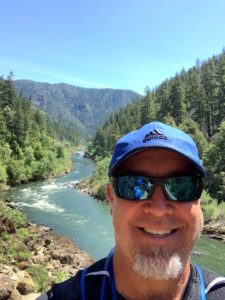
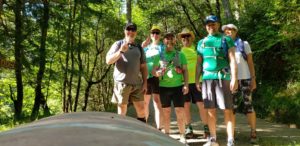
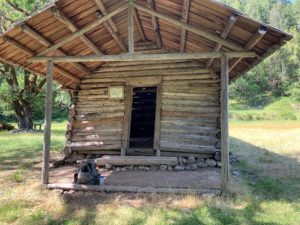
But I didn’t, and I made it to the end on that second day. My legs have never been as sore and the muscles in my feet have never cramped like they did during and after this run. I don’t think I’ll ever run (or walk for that matter) this far again but I’m glad I accomplished this super stretchy stretch goal. Not all stretch goals end this way.
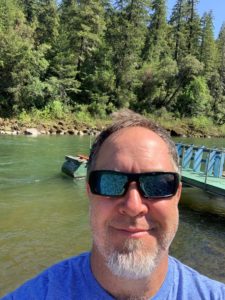
My Objectives and Key Results
Objective: Run 40+ miles over 2 days with a group
- KR 1: Run at least 20 miles once prior to the run
- KR 2: Run at least 40 miles per week for 3 consecutive weeks
- KR 3: Run wearing a pack weighing at least 15 pounds
- KR 4: Calculate water and calorie consumption per day
- KR 5: Test food choices for digestion and fuel
- KR 6: Find suitable clothes that would not chafe for these distances



